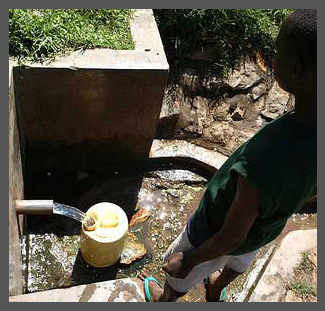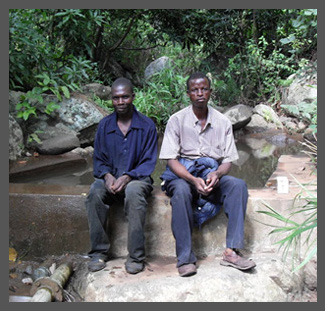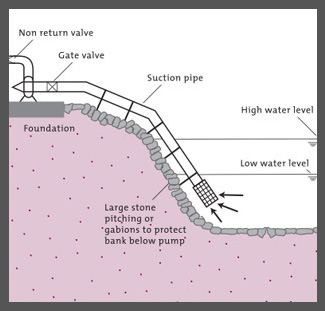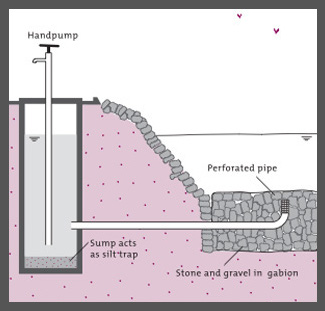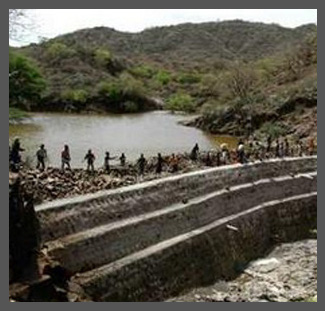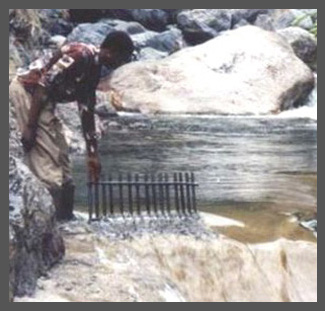वाटर पोर्टल / वर्षाजल संचयन / सतही जल
| |
|
|
|
|
|
|
|
वर्षा जल जो सीधे संग्रहित नहीं किया जा सकता है, कृषि में उसका इस्तेमाल किया जाता है, या जमीन में अवशोषित होकर सतही पानी बन जाता है. सतही जल संचयन में वे तमाम तंत्र शामिल हैं जिससे तूफानी बारिश या रुक-रुक कर होने वाली बरसात के बाद या धाराओं, नदियों, या झीलों के पानी का खुले तालाबों और जलाशयों में भंडारण किया जाता है. इसके जरिये सीधे घरेलू उपयोग के लिए (आम तौर पर उपचार के बाद), सिंचाई, पशुपालन, और खेती के लिए पानी उपलब्ध कर सकते हैं. भंडारण भी पानी इकट्ठा करने का लक्ष्य हो सकता है, चाहे खुले जलाशयों में हो या जमीन के नीचे जलवाही स्तर में रिसाव के माध्यम से. एक एक्वीफर में पानी का भंडारण बेहतर है, क्योंकि इसमें खुले जलाशयों जैसे वाष्पीकरण नहीं होता है.
Climate change considerations
Cement made for water collecting structures, in a time of drought, can be made poorly due to less (or polluted) water used in the cement-making process. Higher heat from climate change will increase evaporation rates in reservoirs, or floods may damage infrastructure and increase runoff volumes. These effects and more are listed and tips are given to adapt the water system to climate change conditions.
Field experiences
These projects may be utilizing surface water harvesting techniques and are part of the project listing in Really Simple Reporting (RSR) on Akvo.org.
Surface water links
- Rainwater Harvesting and Utilisation. Blue Drop Series: Book 2: Beneficiaries & Capacity Builders. UN-HABITAT.
- CARE Nederland, Desk Study Resilient WASH systems in drought prone areas. October 2010.
- Large wiki on water use for agriculture: Agropedia
